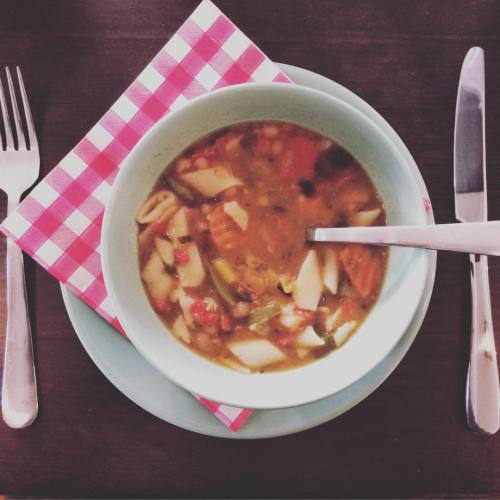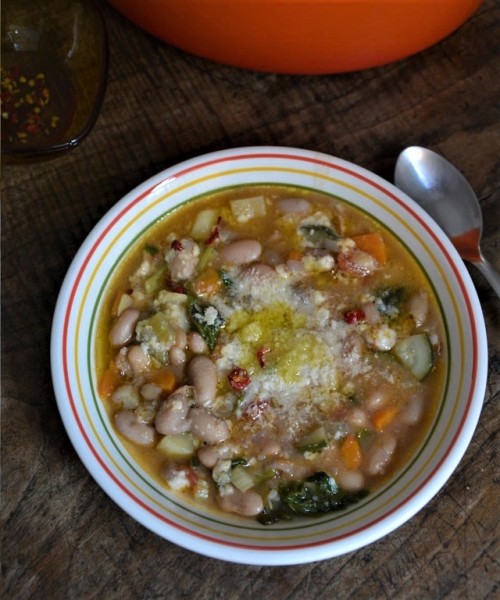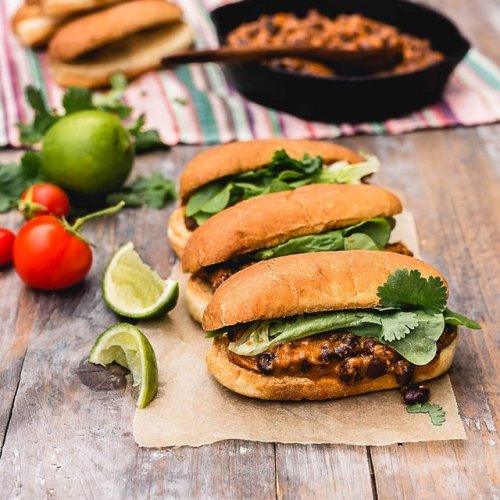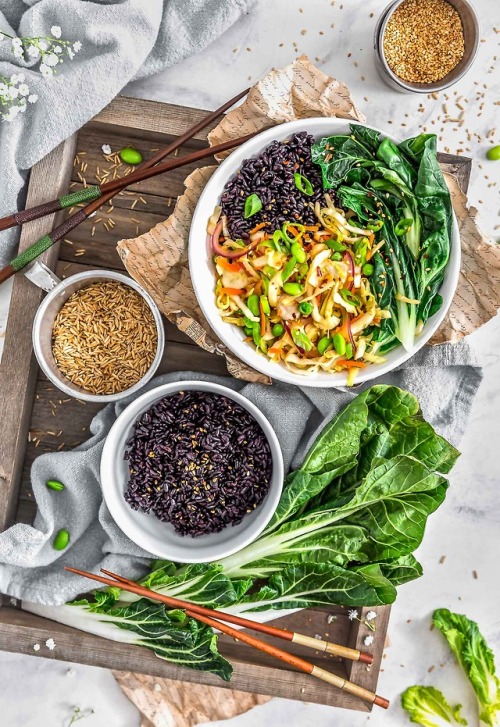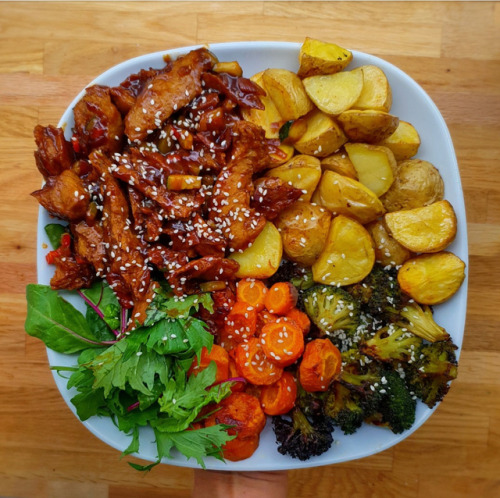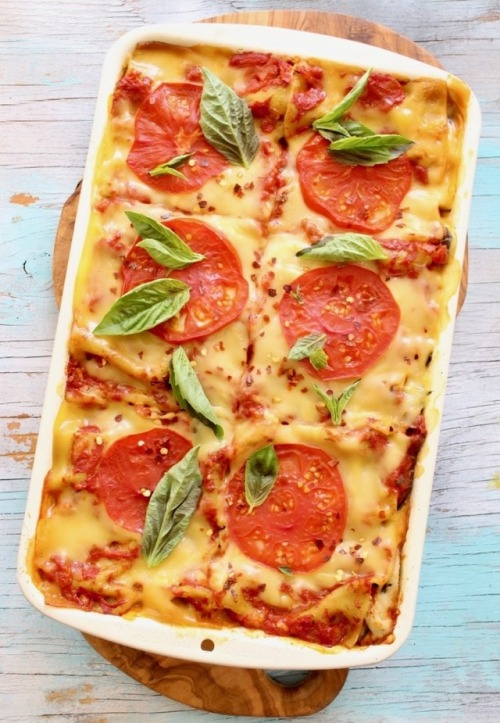#minestrone
Lots of fresh vegetables and elbow macaroni in a hearty chicken stock are the stars of this standard minestrone. The recipe calls for only minced garlic, dried parsley, and salt for seasoning – great when you are using really fresh and flavorful produce
Post link
Lunch at work! #lunch #soep #minestrone #soep #work #cooking #happy #full #perfect #amsterdam #salad #tomato
Post link
Autumn Minestrone
This colourful minestrone, brimming with borlotti beans, is the perfect soup for bridging the seasons
Beans are energetic sorts. They are runners, climbers, crawlers or, in the case of borlotti, acrobatic in the way the older vines borlano (tumble) as they grow. My mum talks about the bean plants in her Dorset garden being vigorous and productive, and describes how they sometimes bolt, both beans and plant, making her full-of-beans grandchildren hopeful that they might have a stalk to climb and a giant to meet.
Lately, one of the stalls on Testaccio market has been getting crates of fresh beans in their pods, called il fagiolo rosso rampicante, from Cuneo in Piedmont. Rampicante means climbing. I can’t get the word rampant out of my head, though – unrestrained, unbridled beans, redheads turning heads and stealing attention. Under their gorgeous mottled pods, they have rusty red streaks on cream-coloured skin, like borlotti. In fact, the stallholder, Marco, refers to them as borlotti. Another stall has beans with a darker mottle called borlotti lingua di fuoco, tongue of fire, while across the market ever-reliable Filippo calls the beans he grows on his land, slap-bang between Rome and Naples, simply fagioli.
While the rampant ones from northern Italy are the plumpest and probably have the best flavour, all the varieties are delicious, each losing their ink splatters and turning dull brown as they simmer, but gaining a flavour and consistency somewhere between a roasted chestnut, a cannellini bean and a chickpea.
In season from July until October/ November, the mottled bean family are an ingredient that bridges the seasons. When they first arrive in June, they fit easily into the rhythm of summer cooking. Podded and boiled until tender, they are good tossed with olive oil and herbs for serving beside meat or fish, mixed still-warm with a spoonful of pesto or handful of rocket Nigel Slater-style, a chopped tomato or a tin of tuna and sliced onion. As days get shorter and the months begin to end with “-ber”, borlotti become the backbone of stews and soups, first the brothy ones (which is the soup equivalent of acknowledging autumn, but refusing tights), then the thick or dense soups and minestra we make as the months roll on.
The reason recipes described in person (ideally while you eat the thing in question) are often better than those in books is the idiosyncratic detail. Ten years on, I can still hear a friend telling me to start a minestrone by frying the Italian kitchen trinity (an onion, a carrot and a stick of celery, diced) in plenty of olive oil, with a pinch of salt to hasten away water, until they smell nice and look like a frosted bathroom window; that a peeled, squashed tomato makes the soup blush and gives it a nice note of acidity; that cooking fresh beans (1kg podded) or dried (250g soaked overnight) in two litres of water means you earn 1.5 litres of dodgy-looking, cloudy bean broth that tastes better than a stock cube. She was also the person who showed me to mix a chopped red chilli or dried red pepper flakes with olive oil in a bowl, then spoon a little over the finished dish. (This combats wind apparently.)
In my September minestrone, I add a diced potato and courgette with the tomato, before the beans and their broth. You know best what you like, you could add pancetta to the foundations, garlic or rosemary, a squirt of concentrate rather than a whole tomato; you could substitute pasta for potato, cannellini for borlotti. “Simmer until it is done,” said the same friend, “and keep tasting, but don’t poke a red chilli finger in your eye.”
September minestrone
Serves 4-6
1kg fresh borlotti, podded, or 300g dried, soaked for 12 hours
1 onion, peeled and diced
1 stick of celery, diced
1 carrot, peeled and diced
1 garlic clove, chopped
Olive oil
1 medium tomato, peeled and diced
2 courgettes, diced
1 large potato, peeled and diced
A handful of baby spinach or herbs
Salt and black pepper
Parmesan, grated
Dried red chilli flakes
Cover the podded or dried/soaked beans withtwo litres of water, bring to the boil, then reduce and simmer until tender (30-40 minutes for fresh beans, 45 minutes to an hourfor dried). Leave them in the cooking water.
In a large, heavy-based pan, fry the diced onion, celery, carrot, garlic and a pinch of salt in six to eight tablespoons of olive oil until soft and translucent, then add the tomato, courgette and potato, stir until everything glistens, then add the cooked beans and 1.5 litres of the bean cooking water. Bring to the boil, then reduce to a simmer for 20 minutes or until the vegetables are soft, adding a handful of spinach or herbs in the last few minutes. Add salt and pepper to taste.
To serve, make up a mixture of red chilli flakes and olive oil, then sprinkle each bowl with grated parmesan and one teaspoon of the chilli oil.
Post link
21.05.03 Dinner
#おうちごはん #パスタ #ミネストローネ #夜ご飯 #ゴールデンウィーク #料理男子 #食べるの大好き #写真好きな人と繋がりたい #カメラ好きな人と繋がりたい #料理好きな人と繋がりたい #食べるの好きな人と繋がりたい
#dinner #foodstagram #instafood #pasta #minestrone #gw
https://www.instagram.com/p/COaZWvtj9oO/?igshid=1dgqpu8dku3ky
Post link
wakey wakey you’re in spacey


